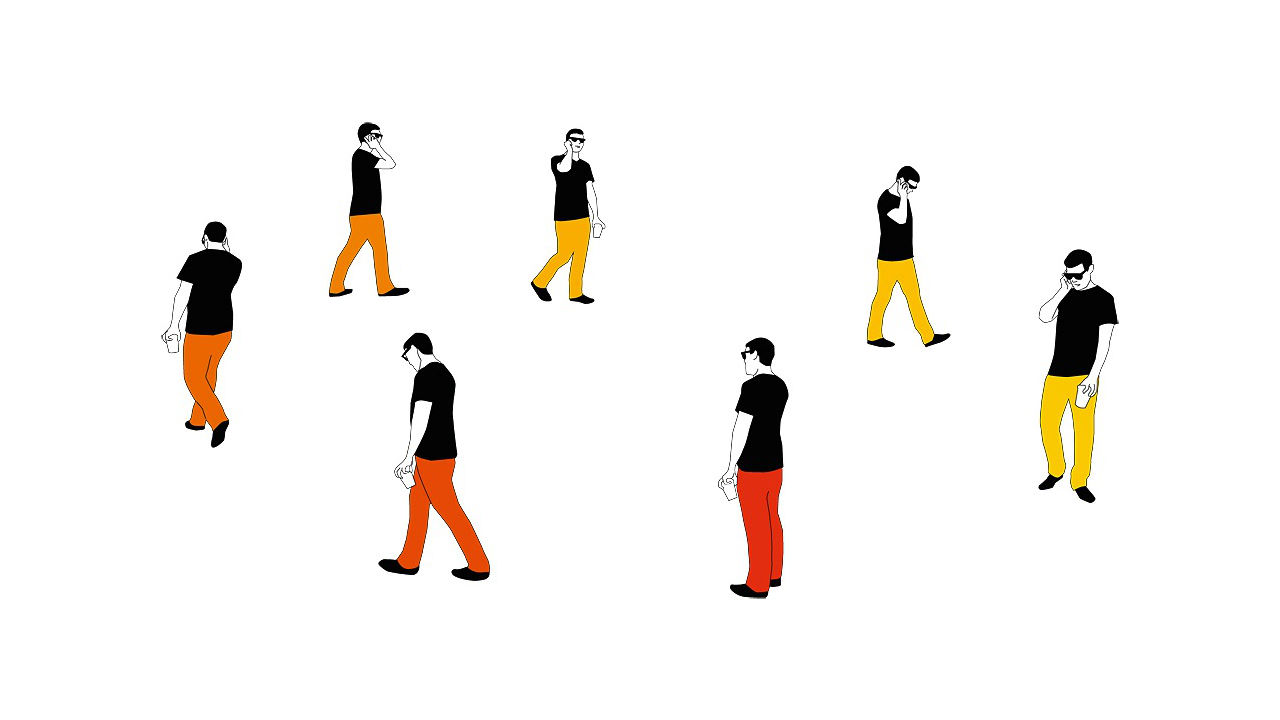You’re on your cell phone, talking to a friend, pacing in circles, fidgeting with your hands, checking your cuticles–whatever it is you do while you’re on the phone. They’re odd, pointless behaviors, but we do them nonetheless, and a group of designers from the Art Center College of Design has taken it upon themselves to illustrate and document all of them (sort of like that Illustrated Dictionary of Cyborg Anthropology).
There’s the “Security Blanket” (checking your smartphone for no particular reason when faced with the slightest discomfort in a social situation), the “Halfway Courtesy” (taking one earbud out in order to show a person you’re listening to them), the “Haunted Interface” (performing actions an interface can’t react to, like shaking a video game controller), and many others. All of the actions are collected in a free ebook called Curious Rituals. Researcher Nicolas Nova explains in the book’s introduction.
The term “digital” is intriguing. It refers both to: (1) the use of information represented by discrete values in the form of numbers used by computers, and (2) a manipulation with a finger or the fingertips! So, when one thinks about “digital technologies” such as cell phones, laptops, cameras or video game consoles, this dual definition reminds us of the importance of the body in using these devices.
However, this is in contrast with the overemphasis on the term “virtual” when we describe interactions with digital artifacts. The hidden assumption behind the use of such an adjective is that these digital artifacts are not very engaging from a physical standpoint. That is, people sit at their desks with their laptops; couch potatoes play games on their sofas; commuters stare at their smartphones in their smart-phone with blue-glow faces. But is this clichéd version of the everyday life true? Are we really so immobile when using the vast panoply of digital apparatuses?


